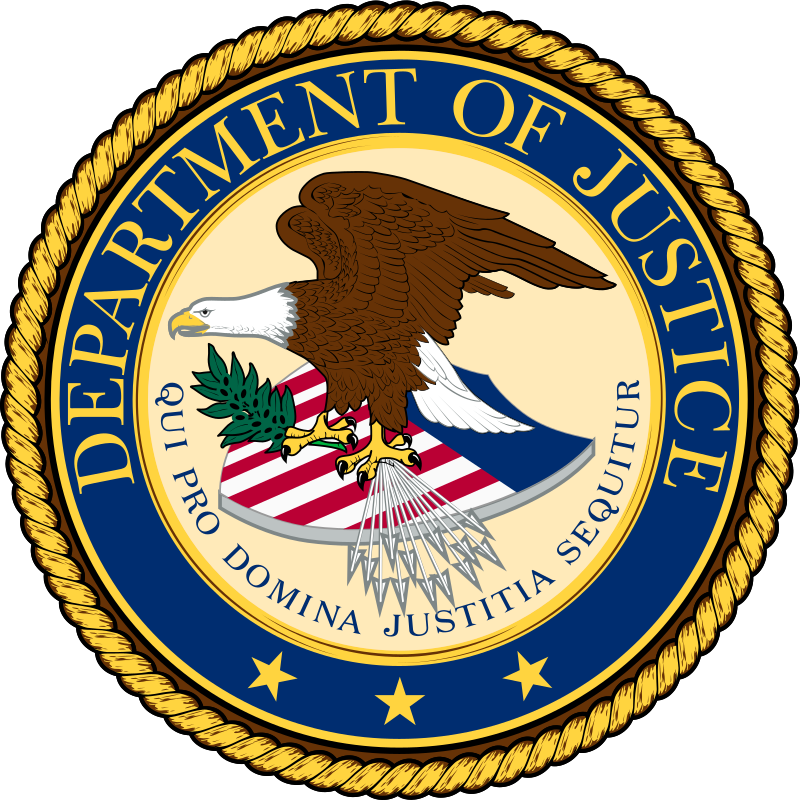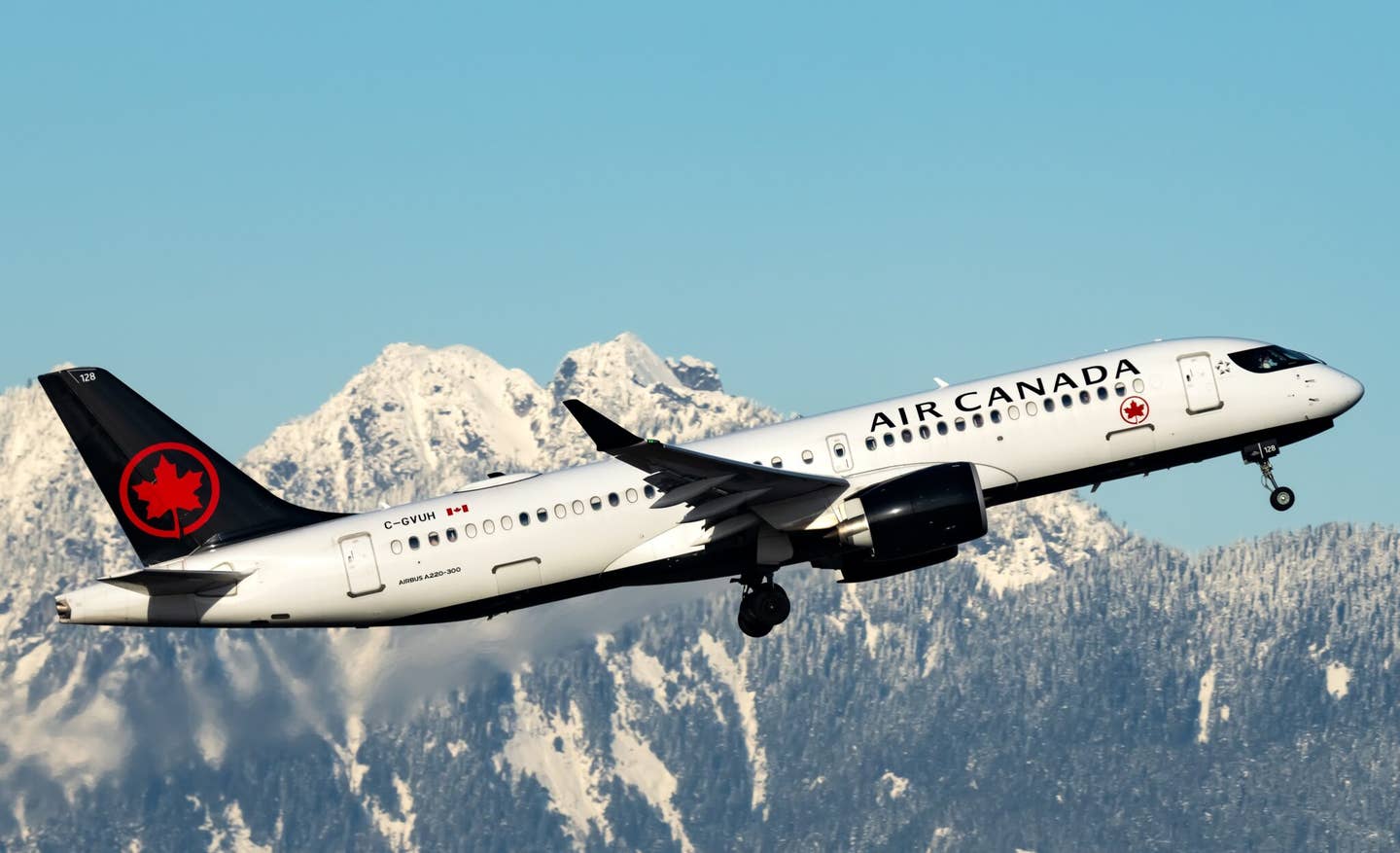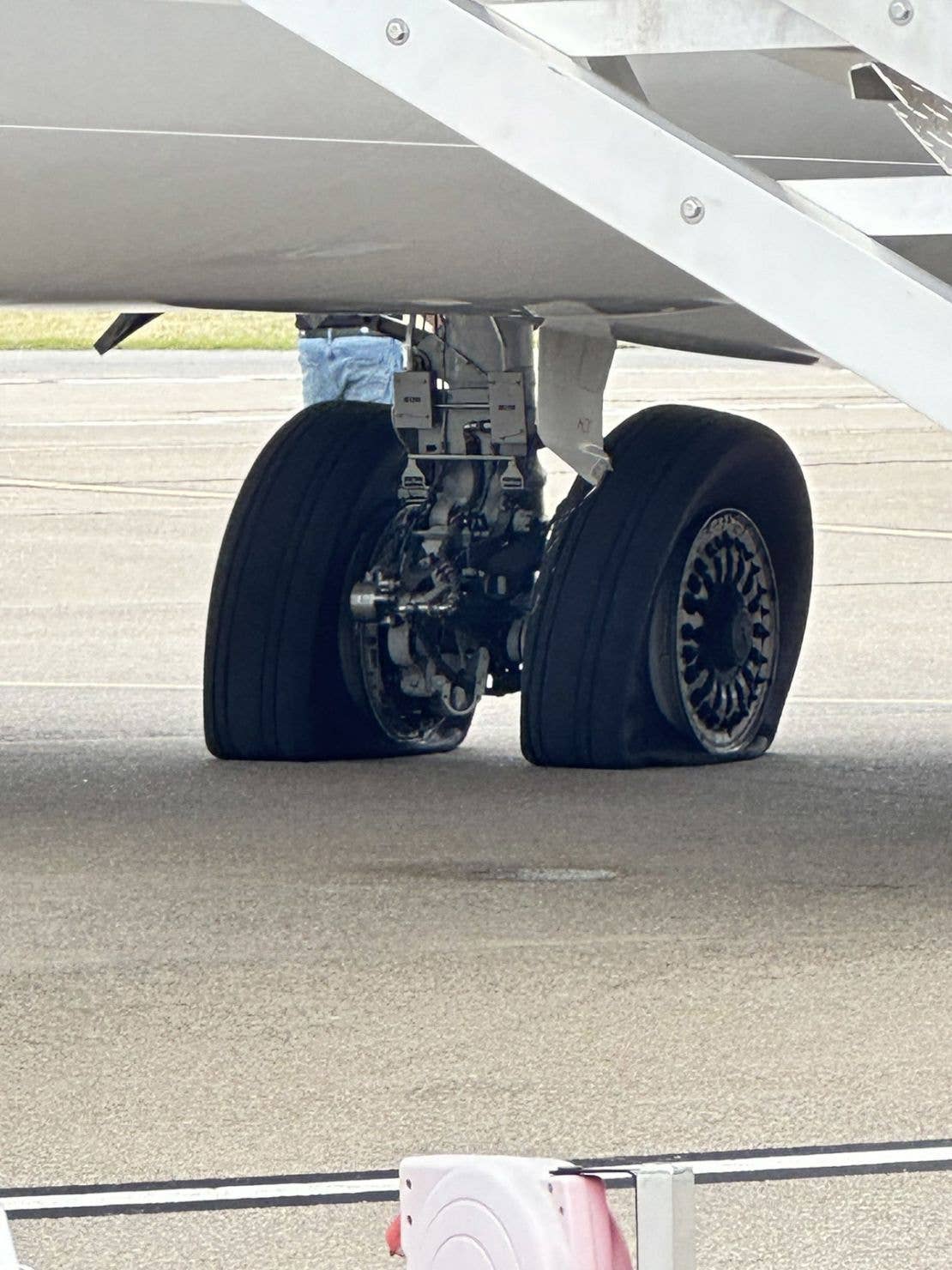ATC Privatization: The Airlines Provide A Preview
The airlines recently responded to a request from the DOT to identify regulations they want dropped. The regs selected have to do with customer service and provide a good preview as to how the airlines will treat non-airline users of ATC if they take over under privatization.
For more than 20 years, administrations on both sides of the aisle have proposed some form of ATC privatization for reasons ranging from ideological purity to hoped-for cost savings and increased efficiency. There was never hard evidence to support the savings and efficiency argument, despite the FAA's historic snail-like speed in accomplishing major revisions to the ATC system. The Obama Administration made a half-hearted attempt for privatization early on, but the vehemence of the opposition caused it to back down and we who make regular use of what is the best air traffic control system in the world—and fly in the ones in other countries that are not nearly as good—thought the privatization snake was finally dead. We sure hoped it was because our ATC system has been doing well—in 2016 the GAO rated it as "the busiest, most complex and safest ATC system in the world." No other system comes even close to handling the volume of traffic as is managed by the FAA every day.
With the new administration, the push for privatization has come roaring back in a form that is designed to turn some of the biggest companies in the country into direct beneficiaries so that their clout can be relied on to shove the legislation through a Congress that has demonstrated repeatedly that it puts "where's mine?" well ahead of the national interest. The idea is simple and follows distressingly close to the techniques used by one Vladimir Putin in consolidating his power in Russia: give away major national assets to your friends under the guise of encouraging capitalism while making sure that there is minimal government oversight of the new bosses because they're businessmen. Businessmen can't possibly be crooks; they're sure to run things in a fair and even-handed fashion.
Freedom?
The argument for ATC privatization is that it would free ATC from the bureaucracy and petty budgetary pressures of the FAA (just like big companies such as GM, Ford, Google, et. al.; everyone knows that they are free from bureaucracy and petty budgetary pressures). It would also result in a more rapid modernization of the air traffic control system.
Let's think about that one a bit. The first question is for whom? The proposed privatization would set up an entity run by—drumroll—the airlines. A board would run the private entity and other than a token general aviation representative or two, it would be controlled by the airlines.
Yet, for all the problems with weather and traffic delays, ATC isn't the culprit—it's being blamed for a systemic problem it doesn't cause. The big problem is the sheer lack of runways. Railroads run trains on a few tracks between destinations at which there are numerous tracks that can hold virtually all of the trains on the route for as long as needed to load and unload. ATC is stuck with a system that brings airplanes over a myriad number of routes and then has to funnel them into one or two runways. Privatizing ATC isn't going to solve that problem—you can't fix an infrastructure problem by some magic juggling of arriving airplanes. What privatization can and is expected to do is give airlines absolute priority into the system—and if there's a few seconds of free runway space, allow a general aviation airplane or two in.
Also, since flights between larger cities carry more people and are more profitable, the new system will give them priority, meaning smaller cities such as Wichita, Des Moines, Fresno and Grand Rapids will lose service … unless those passengers are willing to pay higher fees so that flight makes as much for the airline as one coming out of Chicago.
But—the airlines controlling ATC—what's so wrong with that? They are in the system and want it to be successful, so they'll certainly work to make it more efficient and run more smoothly.
If you're one of those who claps for Tinkerbelle, you might believe the previous paragraph. The problem is that the airlines have an interesting history when it comes to aviation safety and customer service. And while past behavior is not a guarantee of the way the airlines will act in the future, we think that an examination of how they have acted with respect to safety, dealings with other airlines and their customers when given the freedom to do so is instructive. We think that the airlines have shown us enough over the last 60 years to know that they are telegraphing the punches they'll throw right away if privatization comes into play.
Safety Improvements
Going back to the Curtiss Condor and Ford Trimotor days, a number of people looked at the aviation safety devices and practices that have been implemented and tried to find ones that were pioneered by the airlines. We couldn't find any; although we looked hard and we may have missed one. From seatbelts through blinking navigation lights/rotating beacons, recurrent pilot training, transponders and instrument approaches, we could find none that were initiated by the airlines. In fact, the airlines fought most every single one—crew duty times, rotating beacons, you name it—tooth and nail on the basis of cost. It took pressure from the unions and the regulating agency (initially the Department of Commerce, then the CAA and now the FAA) before airlines would do anything related to safety. Cynically, most of the time they then took out advertisements to crow about how safe they were with the new device aboard.
Following deregulation in 1978 passengers hung on for a wild ride as ticket prices dropped and the airlines fought frantically to get the upper hand in the new economic world. As expected, the number of airlines dropped through bankruptcies and mergers following fare wars and some nasty infighting. The battle for survival between Dallas-based American and Braniff got particularly ugly. There were numerous, unconfirmed, reports of American personnel calling in and making reservations for all of the seats on Braniff planes flying the same routes as American. Back then, passengers didn't have to pay for the reservation right away. Mysteriously, Braniff would have numerous flights with virtually no passengers—the reservations no-showed. The American flight on the route was full. As Braniff weaved toward bankruptcy the war worsened. Anecdotes were rife of American flights being followed down final by a Braniff flight somehow, and frequently, missing their taxiway turnoff, forcing the Braniff flight into a go-around. American has denied all such reports.
While it was the Part 135 charter world rather than 121 airline operations, I was flying freight at Willow Run Airport in the late 1970s when the FAA stopped enforcing the regulations. Willowtucky, as we called it, was one of the busiest auto freight-hauling airports in the country. Once the FAA looked away, it became pure capitalism in action on the airport. Operators cut prices, quit maintaining their airplanes, ignored crew duty time rules and fired pilots who canceled a trip for weather or wrote up a maintenance squawk. Go-fast switches were installed on Learjets—switches under the panel that disabled the overspeed warning and stick puller. More than one Lear broke up in flight while cruising above Mmo and getting into Mach tuck. Pilots crashed on instrument approaches because they fell asleep. When I got a job as a Learjet copilot I was never given any formal training at all, not to mention the FAA-mandated three takeoffs and landings. My captain was flying single-pilot on those first legs on which I sat in the right seat—I certainly didn't know what I was doing.
When the FAA cleaned house and brought in inspectors who actually inspected, one operator had to junk six Learjets because the cost of the maintenance required to make them legal exceeded the value of the airplanes. Operators and pilots faced certificate actions and big fines. It was a time of human beings doing what they will do when they know that the police are looking the other way.
Regulations to be Repealed
In the last few months the airlines have, via filings with the Department of Transportation, given us strong hints about how they will run a privatized ATC system when they have no one looking over their shoulders: it will be by the airlines, of the airlines and for the airlines.
Last October, the Department of Transportation published a Regulatory Review in which it invited "the public to provide input on existing rules and other agency actions that are good candidates for repeal, replacement, suspension, or modification."
The airlines jumped on the offer like a long, lean dog. Showing how they will be expected to treat their customers—the flying public—once they take over ATC, he's a partial list of the regulations the airlines have petitioned to have eliminated and have arranged for their surrogates to write thousands of letters to the DOT in support:
Currently, if a customer makes an error when booking a ticket online, she or he has 24 hours to discover it and call the airline to correct the error at no cost (if the correct ticket had cost more, the customer will have to pay the difference—if the correct ticket had cost less, the difference is refunded to the customer). The airlines want there to be no grace period—no forgiveness. If the customer errs, the customer has to pay the change fee (currently about $250) to rectify it. (Remember, the airlines made billions in fees last year.)
When a customer makes a mistake, the airline thinks the customer should eat the cost. Currently, when an airline makes a mistake and advertises a fare at the wrong price (almost invariably too low), it has to sell tickets at that price. While airlines don't feel its customers should be forgiven for making mistakes, the airlines feel that they should be.
Right now, if an airline strands passengers in an airliner sitting on the ramp or taxiway for more than a set period of time, the airline has to get the passengers off of the airplane or face a fine. The memories of the 10-hour delays in getting people off airplanes in a snowstorm in Detroit in the 1990s that brought on the Tarmac (sic) (Tarmac is a British slang term for asphalt—tarmacadam—airplanes park on a ramp or apron) rule are fading and the airlines want to end the rule completely. They apparently care so much about their customers that they want to be able to strand them on airliners without food and working toilets as long as they think is necessary.
After a long fight, the airlines were required to show the full cost of its tickets—including all airport fees and taxes—so that when a customer clicks "buy" that's the price charged. The airlines have petitioned to drop the requirement so that all fees and taxes on top of the ticket price only show up after the customer clicks "buy."
Now airline booking systems are required to disclose to customers if they either do not show competitors' flights or are biased in some fashion against them. The airlines want that requirement to disappear.
Airlines are presently required to show the frequency of delays and cancelations of given flights—they don't want customers to know that any more.
When a flight is full, airlines can bump the passengers who paid the least for their tickets—they want more authority to do so, with less compensation for the bumped passenger.
While users of ATC services, pilots are also regular airline passengers. They've put up with decreasing levels of service, increasingly tight seat pitches and fees tacked on for everything from bringing any baggage to selecting a seat. They've seen and lived with the attitude of U.S. airlines toward their customers—and they can make a pretty good estimate as to how the airlines will treat the users of the ATC system once they take over: From years of experience, they have good reason to believe that it won't be pretty, or efficient or cost-effective or willing to embrace advances in aviation safety.
Rick Durden is an aviation attorney who holds an ATP with Douglas DC-3 and Cessna Citation Type Ratings, is a CFII and is the author of The Thinking Pilot's Flight Manual or, How to Survive Flying Little Airplanes and Have a Ball Doing It, Vols. 1 & 2.






